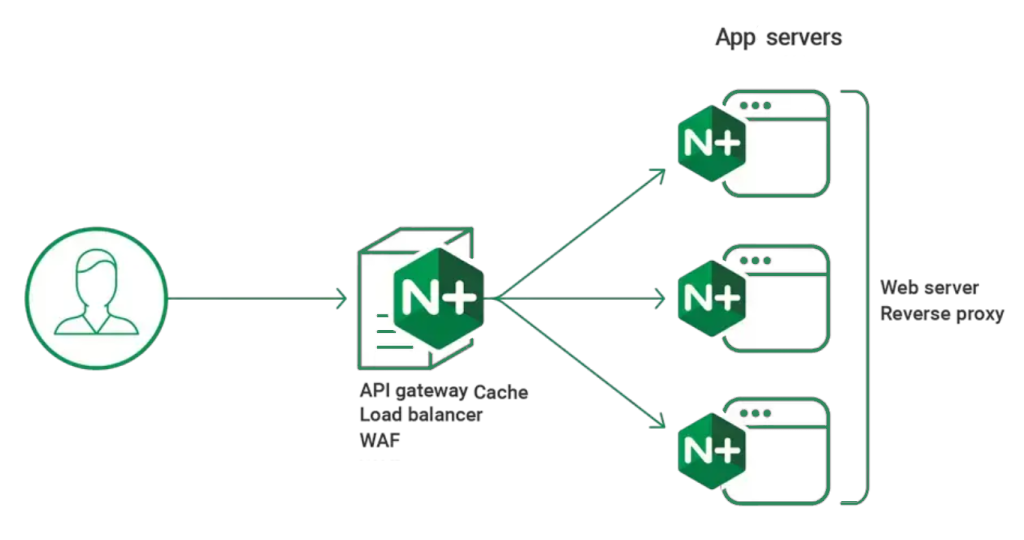useDeferredValue Hook in React: Enhancing Performance
If you’re looking to optimize your React applications for better performance, the useDeferredValue hook is a game-changer. This powerful hook allows you to defer state updates, reducing unnecessary re-renders and improving the user experience, especially in scenarios like search bars or filtering large datasets. In this guide, we’ll dive deep into how useDeferredValue works, why it’s useful, and how to implement it in a real-world example. By the end, you’ll have the knowledge to rank your React app’s performance higher than ever!
What is the useDeferredValue Hook in React?
The useDeferredValue hook is a performance optimization tool introduced in React 18. It allows you to defer updates to a value, ensuring that high-priority updates (like user input) are processed immediately, while lower-priority updates (like filtering or rendering large lists) are delayed. This helps prevent janky UI behavior and keeps your app responsive.
Key Benefits of useDeferredValue:
- Improved Performance: Reduces unnecessary re-renders during user interactions.
- Smoother User Experience: Ensures that high-priority updates (e.g., typing in a search bar) feel instantaneous.
- Better Resource Management: Optimizes rendering for large datasets or complex UI updates.
Real-World Example: Building a Search Bar with useDeferredValue
Let’s walk through a practical example of using useDeferredValue in a search bar component. This example will demonstrate how to defer filtering a list of items until the user has finished typing, ensuring a smooth and responsive experience.
Step 1: Set Up Your React Project
Before diving into the code, make sure you have a React project set up. If you don’t already have one, you can create a new project using Create React App:
npx create-react-app deferred-value-demo
cd deferred-value-demo
Step 2: Create the Search Bar Component
Here’s the complete code for a search bar that uses useDeferredValue to optimize performance:
import React, { useState, useDeferredValue } from 'react';
const items = [
'Apple', 'Banana', 'Cherry', 'Date', 'Elderberry', 'Fig', 'Grape', 'Honeydew'
];
function SearchBar() {
const [query, setQuery] = useState('');
const deferredQuery = useDeferredValue(query);
const handleQueryChange = (e) => {
setQuery(e.target.value);
};
const searchResults = items.filter(item =>
item.toLowerCase().includes(deferredQuery.toLowerCase())
);
return (
<div>
<h1>Search Bar with useDeferredValue</h1>
<input
type="text"
value={query}
onChange={handleQueryChange}
placeholder="Search for a fruit..."
/>
<ul>
{searchResults.map((item, index) => (
<li key={index}>{item}</li>
))}
</ul>
</div>
);
}
export default SearchBar;
Step 3: Explanation of the Code
Let’s break down how this works:
-
State Management:
- We use the
useStatehook to create aquerystate variable, which holds the current input from the user.
- We use the
-
Deferred Value:
- The
useDeferredValuehook takes thequerystate and returns adeferredQuery. This value updates slightly after the user stops typing, reducing the frequency of re-renders.
- The
-
Filtering Logic:
- The
searchResultsarray is computed based on thedeferredQuery. This ensures that the filtering logic only runs after the user has paused typing, improving performance.
- The
-
Input Handling:
- The
handleQueryChangefunction updates thequerystate whenever the input changes. This ensures that the input field remains responsive.
- The
-
Rendering:
- The component renders an input field and a list of search results based on the filtered items.
Step 4: Why This Works
By deferring the filtering logic with useDeferredValue, we ensure that the UI remains responsive even when dealing with large datasets or complex filtering operations. This approach is particularly useful in scenarios like:
- Search bars with real-time filtering.
- Rendering large lists or tables.
- Handling user input in forms with complex validation.
Best Practices for Using useDeferredValue
To get the most out of useDeferredValue, keep these tips in mind:
- Use It for Non-Critical Updates: Defer updates that don’t need to happen immediately, like filtering or rendering large lists.
- Combine with
useMemo: UseuseMemoto memoize expensive calculations based on the deferred value. - Test Performance: Always test your app’s performance to ensure that
useDeferredValueis providing the intended benefits.
Additional Resources
To further enhance your understanding of useDeferredValue and React performance optimization, check out these resources:
- React Documentation: useDeferredValue
- React 18 New Features Overview
- Optimizing Performance in React Apps
Conclusion
The useDeferredValue hook is a powerful tool for optimizing performance in React applications. By deferring non-critical updates, you can ensure a smoother user experience, especially in scenarios like search bars or filtering large datasets. With the example and best practices provided in this guide, you’re well-equipped to implement useDeferredValue in your own projects and take your app’s performance to the next level.
Ready to optimize your React app? Start using useDeferredValue today and see the difference it makes! 🚀
Latest blog posts
Explore the world of programming and cybersecurity through our curated collection of blog posts. From cutting-edge coding trends to the latest cyber threats and defense strategies, we've got you covered.


